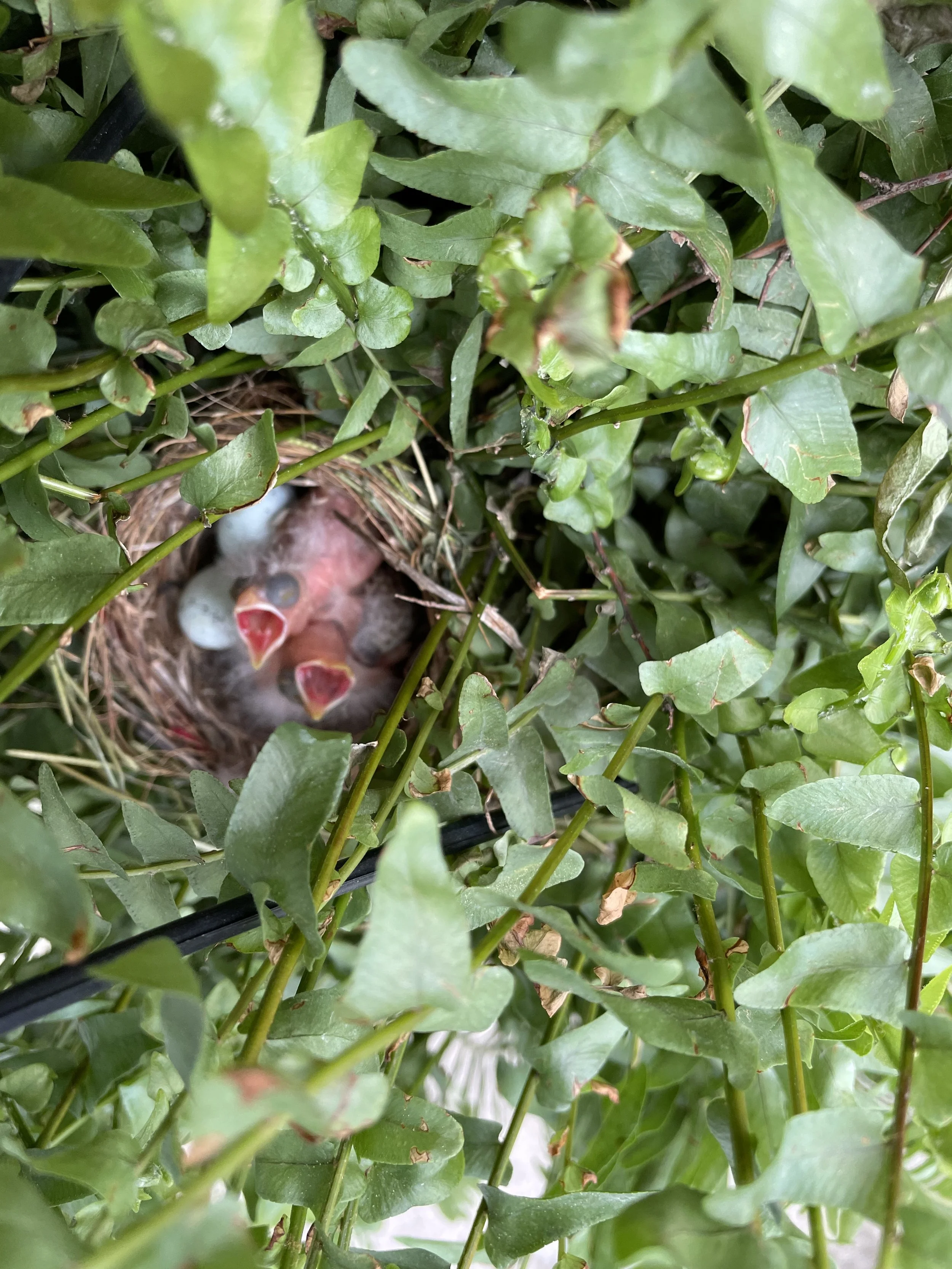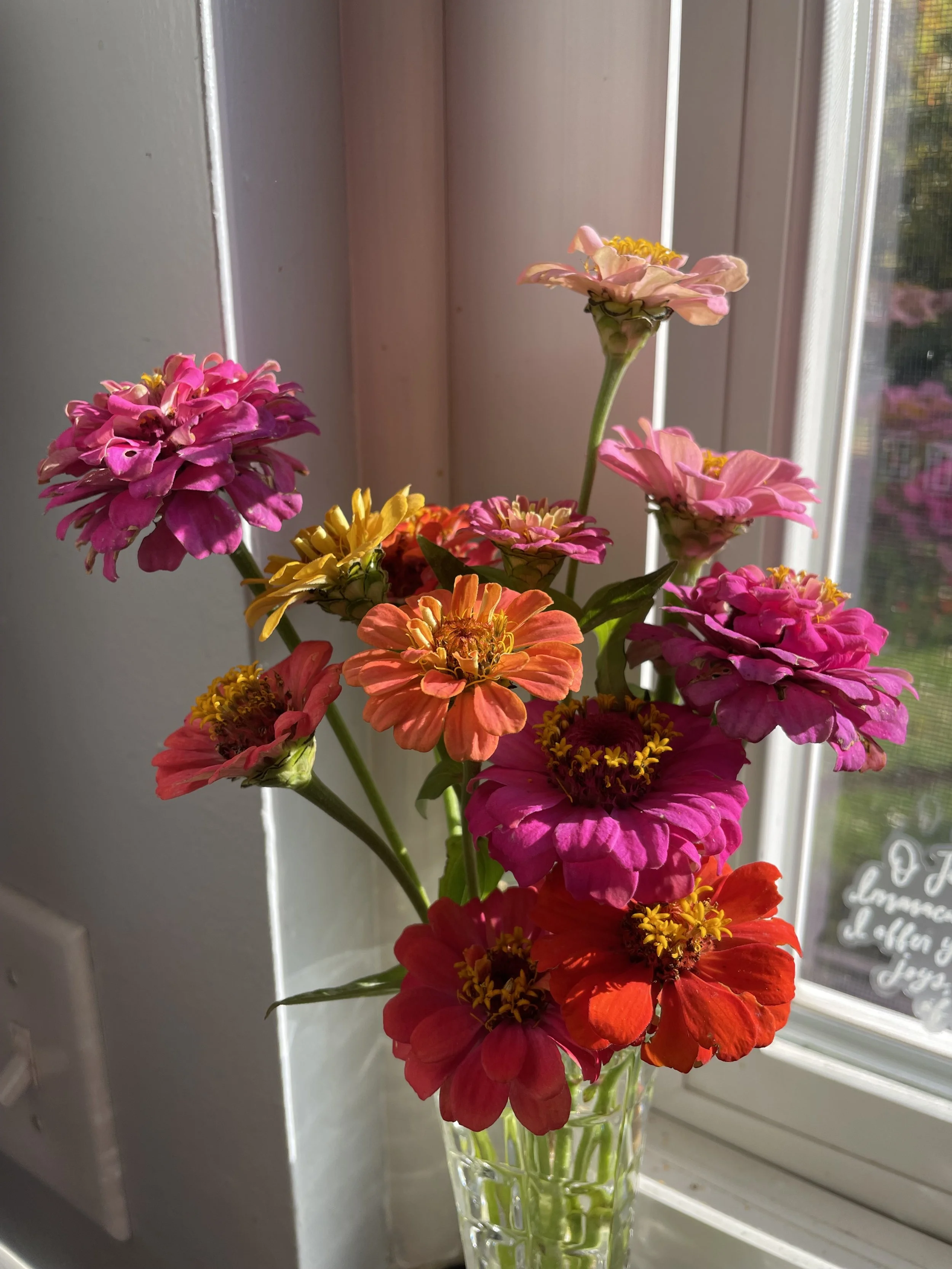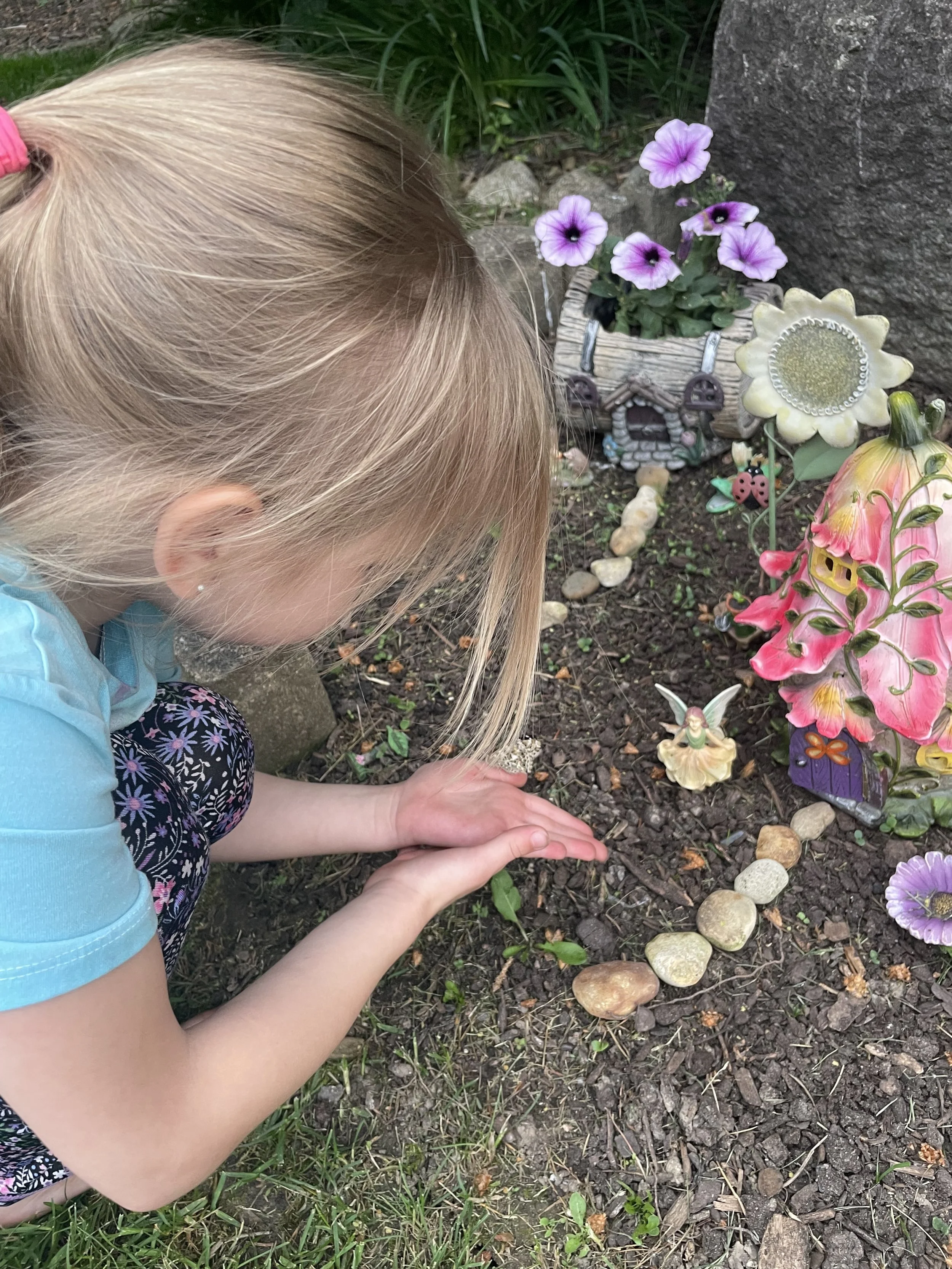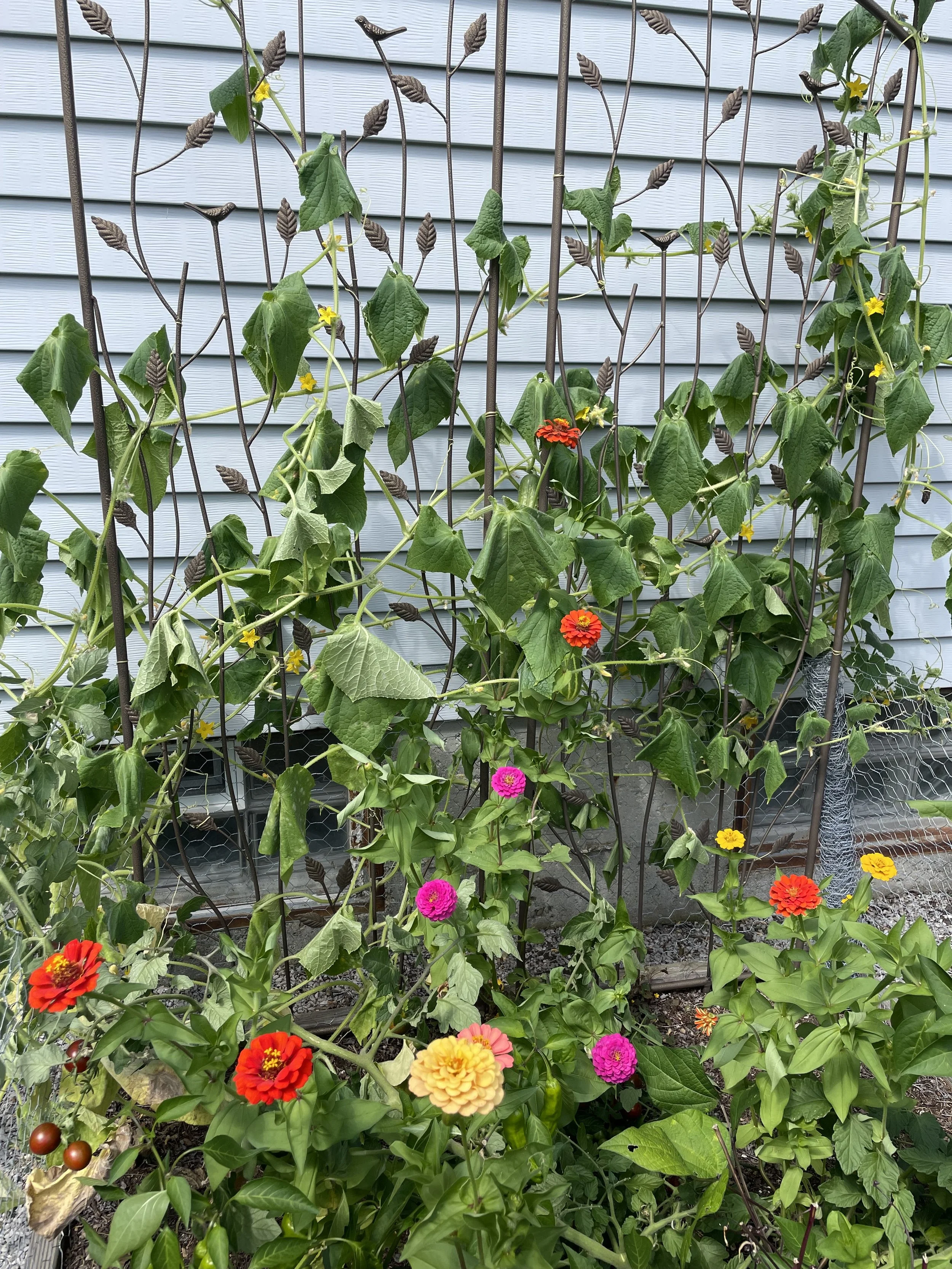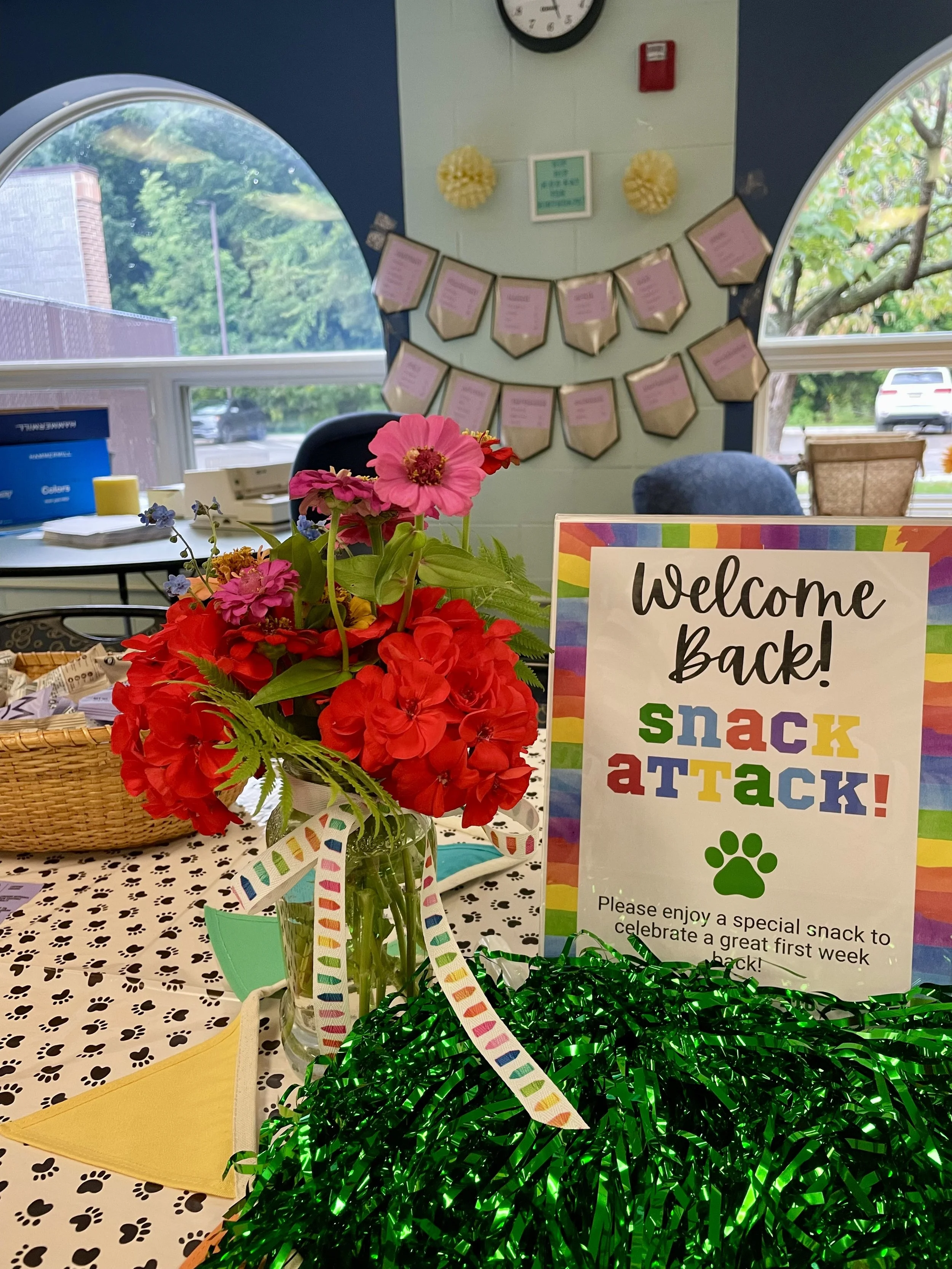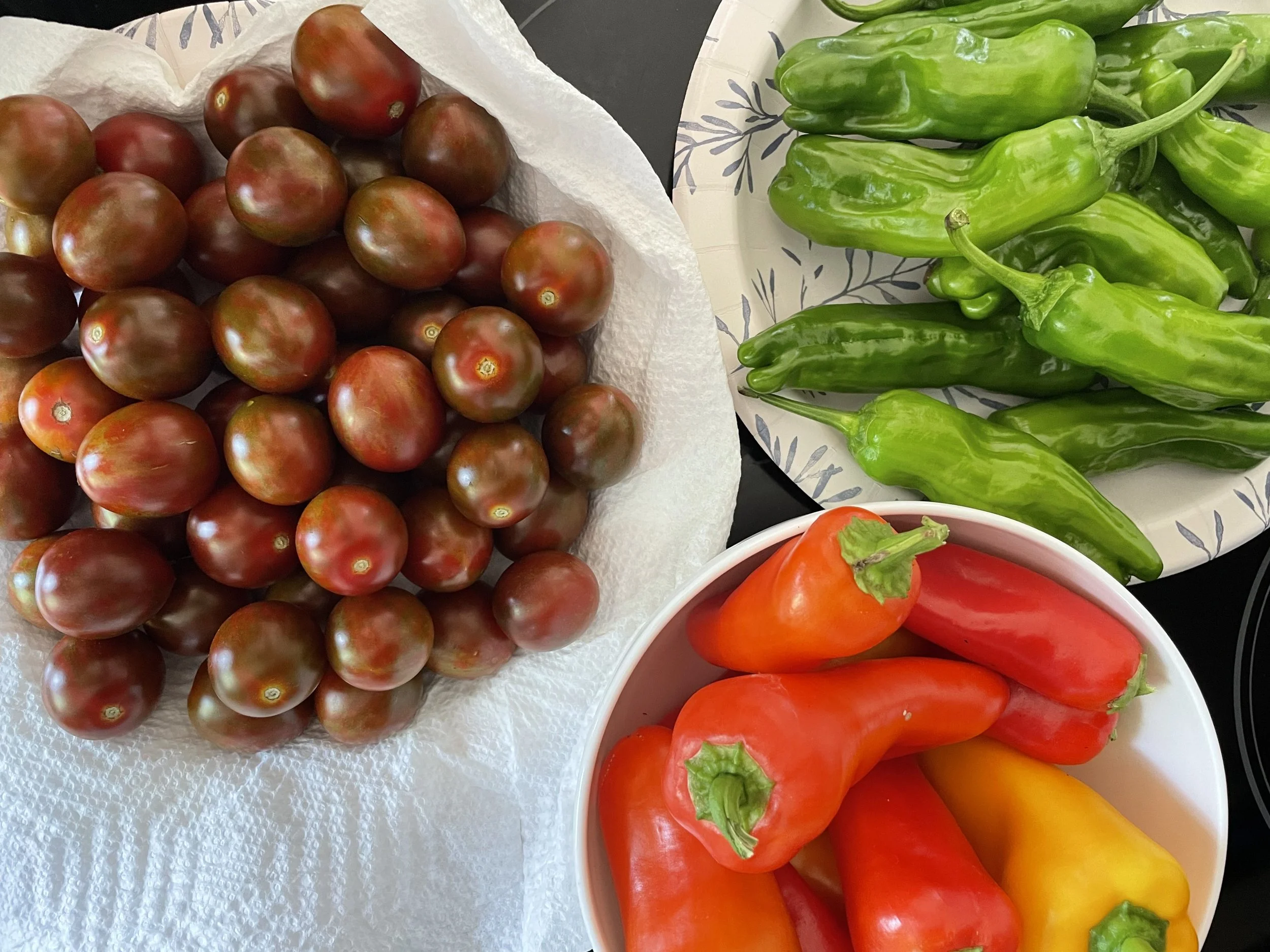Cultivating Kindness: How to Create a Kindness Garden to Teach Lessons of Respect, Awareness and Community
This post contains affiliate links and ads. Affiliate links and ads support my work at no extra cost to you. Thank you for your ongoing support!As parents, we hold the power to shape the future through the next generation. In today’s ever-evolving world, the importance of instilling traditional values such as kindness, respect, awareness and community cannot be overstated.
One beautiful and enriching way to impart these essential lessons is be creating a Kindness Garden! Whether you have a large back yard, a small patio, or simply a sunny windowsill, you can create a picturesque small that not only nurtures plants but cultivates meaningful values within your family.
A Kindness Garden can be anything you wish it to be, so while today I’m sharing some thoughts and tips on how to create a Kindness Garden at your home, feel free to be creative and involve your children in each step along the way.
Let’s Create a Kindness Garden!
A Kindness Garden is more than just a physical space filled with flowers and plants! It’s an intentional space aimed at fostering empathy, community, respect and awareness in our children. Just as a traditional garden requires care, patience and nurturing to flourish, so do the qualities we wish to instill in our children.
Let’s explore the steps to create your own kindness garden and how to use it to teach invaluable life skills.
Step One: Choosing the Perfect Location
The first step in creating your kindness garden is selecting the right location. This could be a sunny spot in your yard, a cozy corner on your balcony, or perhaps, right on the kitchen windowsill. Don’t be intimidated by creating, or investing, in a large garden. Even one plant in a pot is a create place to start.
Wherever you choose to start your garden, make sure it is accesible to your children so that they feel invited to frequently interact with the garden. The closer it is to daily activities, the more likely it is that you and your children will engage with it regularly.
Step Two: Design with Intent
Invite your children to get involved with the Kindness Garden right from the start! Involve your children in the design by asking if they have a favorite flower or plant, or even a favorite color. Use these conversation starters to get started:
What is your favorite color? Choose flowers that bloom in their favorite color.
Tell me about your favorite dinner or food! Choose herbs that can be incorporated into their favorite meal.
What types of bugs/butterflies/birds do you want to learn more about? Choose native plants that support local wildlife and ecosystems in your area.
How can we use our garden to spread kindness? Save jam jars and organize a basket with blank cards, ribbon, and art supplies to make “just because” cards as needed. Talk about how you can share a bouquet of flowers and herbs, or a basket of vegetables, with neighbors, friends and family.
RECOMMENDED ACTIVITIES:
GET PLANTING!: Children of all ages can help plant the garden in some capacity. Whether it’s digging in the dirt, planting seeds, or watering, don’t be afraid to get messy and have some fun! Try this simple planting kit to grow cut flowers to share with others.
KINDNESS ROCKS: This is a great craft for kids of all ages! You can use materials from your yard and art cart, or purchase a kit, to create kindness stones. These fun, colorful stones are a wonderful way to decorate your garden and give children a sense of ownership. It’s also great fun to hide the rocks around the neighborhood or share with friends!
Step Three: Decide How Your Family Will Use Your Kindness Garden
Once your Kindness Garden is established, it’s time to create some goals and implement activities that nurture the values of kindness, responsibility, respect, awareness and community. With clear goals in mind, you can then choose activities that will help you reach your goals.
Goals to Consider:
Share what you grow with friends and neighbors, or a local food bank (Community)
Help support pollinators and wildlife in your area (Empathy & Respect)
Learn how to cook a simple meal or two using fresh herbs and vegetables from the garden (Caring & Sharing)
Learn how to recognize and name backyard birds, insects and plants (Awareness)
Use what you grow to create “just because” gifts for other (Kindness)
RECOMMENDED ACTIVITIES:
KINDNESS CHALLENGES: Create a weekly Kindness Challenge inspired by the garden. For example, encourage your children to perform acts of kindness in their community, like helping a neighbor pull weeds or writing a thank you note to a teacher (and drop it off with a bouquet of flowers!). After completing the challenge, come together to share your experience in the garden, fostering open dialogue about the impact of their actions. Try this fun set of Secret Mission: Kindness cards or the Peaceable Kingdom Year of Kindness to get started!
MOMENTS OF MINDFULNESS: Use the garden as a peaceful retreat. Teach your children mindfulness practices by encouraging them to sit quietly among the plants, observe their surroundings, and listen to the sounds of nature. Deep breathing exercises can help them connect their emotions and become more aware of how they feel. We love this book and think you might, too!
COOKING & SHARING: Incorporate vegetables and herbs from your garden into your family meals. This not only teaches children about nutrition and the importance of grown their own food but it also provides an opportunity to share the harvest with friends and family, reinforcing the values of community, generosity and hospitality. Find inspiration for simple, kid-friendly recipes with this cookbook!
Step Four: Connection and Reflection
Encourage your children to regularly reflect on their experiences and emotions while working in the Kindness Garden. Set up a simple journal in which they can write or draw about their experiences and thoughts on kindness, or ways they’ve seen kindness practiced by others. At the dinner table, take turns sharing what you are grateful for that day, share acts of kindness you’ve observed, and ask your children to share acts of kindness they noticed or received throughout their day. This reflection teaches children the importance of thoughtful interaction and helps them internalize the lessons learned in the garden.
RECOMMENDED ACTIVITIES:
KINDNESS JOURNAL: These simple composition notebooks are perfect for children to write and draw their reflections on the activities and lessons they experience in the Kindness Garden. Take time each week to write an entry, and soon they will have a wonderful time capsule of their memories and experiences of the Kindness Garden.
SET THE TABLE: Let little ones create a beautiful bouquet to serve as the centerpiece for your family dinners. Teach your children how to set the table and let them take ownership in helping the family gather at the table. Read our favorite book, Table Manners for Tigers, to teach simple table manners in a fun (and funny) way.
CONVERSATION STARTERS: Whether at the table or in the garden, take some time to read stories and share conversation. These activities will help build their vocabulary, conversation skills and ability to connect with others. For a fun game, use these Be Kind Conversation Cubes to toss around and encourage interesting conversations around kindness.
A Living Lesson in Kindness
Creating a Kindness Garden is not just about planting flowers and herbs. It’s about cultivation a mindset and environment of kindness, respect, awareness and community within our children.
No matter what kind of space you’re working with, you can create a beautiful space that serves as a tangible reminder of the values we wish to instill, allowing our children to grown in confidence and kindness alongside the plants they nurture.
With a bit of intention, we can foster a generation that values kindness, community, and nature, making the world a better place for everyone.
Now is the perfect time to gather your little ones, roll up your sleeves, and begin to plant the seeds of kindness together. With every seed planted, we cultivate not only a garden but a legacy of kindness and compassion that will flourish through generations.
Our Kindness Garden In Action
What does a Kindness Garden look like in action? It looks like love, friendship, forgiveness and community. We use our Kindness Gardens to share with others, to ask forgiveness, to celebrate friendship, to nourish relationships and connect with nature. The photos above are just a glimpse of what our Kindness Garden has looked like over the years, and how the vegetables, herbs and flowers we grow serve as way to connect with the world around us.
From baby birds and bunnies, to hummingbirds that return year after year, to flowers to share with teachers, and vegetables to cook and share with friends over a meal enjoyed al fresco, our garden continues to inspire kindness in our family, and I hope it will inspire you, too!
Share how your own Kindness Garden has helped inspire values of respect, community, empathy and kindness in your own family. Questions? Leave them in the comments!



